
Thyme is a culinary herb that also does double-duty as a pretty landscape plant and an attractor for pollinators in your garden. There are nearly 400 varieties of thyme, from lemon thyme to creeping thyme and, the culinary standard, common thyme. The good thing is, they all require the same type of conditions and care. Even better? If you give thyme the right conditions, this perennial herb is very easy to grow.
Growing thyme successfully is all about paying attention. Give it the right soil, its preferred amount of sun, and irrigate it correctly, and you’re well on your way to helping your thyme plants thrive. Monitor your plants regularly for pests and diseases, and prune correctly, and the thyme in your garden will flourish for years to come. You can grow this hardy herb in garden beds, raised beds, or even containers, depending on what conditions you have in your garden and what’s most convenient for you.
Give thyme the sun and soil it needs to thrive
Thyme thrives in full sun and well-draining soil. It prefers a neutral to slightly alkaline soil with a pH between 5.0 and 8.0, but can also tolerate very alkaline soil. It grows best in loose, sandy, or even rocky soil, which is important for providing excellent drainage to prevent root rot. Thyme also grows best in soil that isn’t too rich, so the perfect, fertile garden soil you’ve nurtured in your vegetable garden likely isn’t the best spot for this herb. Getting a soil test to learn about the pH and composition of your soil is the first step to growing healthy, flavorful, fragrant thyme.
Once you have your soil test results, it’s time to make any necessary amendments to improve the soil. If you have heavy clay soil, you’ll need to make it more well-draining. Incorporate organic matter such as compost, well-rotted manure, perlite, and vermiculite to improve the texture and drainage. Adjusting your soil’s pH will depend on what your soil test results show. If your garden soil is very acidic (5.0 or below), add garden lime according to the package instructions. If it’s very alkaline (8.0 or higher) add sulfur or iron sulfate, following the instructions for whichever product you use.
Or, plant thyme in a raised bed or container to create optimal growing conditions
The ideal container for growing thyme is around 6 inches in diameter. Since thyme doesn’t like soggy soil, a porous material such as terracotta is optimal, but not the best choice if you live in an area with cold winters, since the freeze/thaw cycle will cause the pot to crack. In that case, plastic, wood, or metal would be your best option. If you plant in a plastic or metal container, make sure the pot has a drainage hole.
As far as what to fill your raised bed or container with, the best choice is a soilless potting mix, which you can find bagged or sometimes in bulk at your local garden center or home improvement store. These mixes are often composed of peat, compost or humus, and other organic materials that keep the mix well-draining and good for growing most plants, including thyme. Simply fill your raised bed or container with the soilless potting mix, and plant.
Don’t overwater
As noted above, thyme really doesn’t like to be soggy. A soggy, wet environment will not only reduce the flavor of this culinary herb, but also cause root rot, which will eventually lead to the plant’s death. Planting it in the right type of soil and making sure it has adequate drainage will go a long way toward solving this problem. But, if you’re drowning your thyme by overwatering it, it can still cause problems even if it’s planted in well-draining medium.
A lot also depends on how mature the plants are and how you’re growing them. Thyme grown in containers will need watering more frequently than thyme grown in a garden bed. Thyme also needs more frequent watering during its first season. Once it’s established in your garden (after its second season), it can grow perfectly well without watering; rainfall and the moisture in the soil is all it will need. Until it’s established, water it whenever the soil feels dry. In the ground, this could be once or twice per week. In a container during hot, dry weather, it could be every day.
Don’t over-fertilize
Thyme doesn’t like rich soil, and that goes hand-in-hand with the fact that over-fertilizing thyme plants is also something to avoid. Over-fertilizing thyme plants can cause weak growth and (even more importantly if you’re using your thyme in the kitchen), also diminishes the flavor. Weak, spindly plant growth is a problem, because it makes the plant more susceptible to pest and disease issues. This is definitely one of those plants where “less is more” is true in most aspects of its care.
The thing that causes weak growth in thyme and other plants is an excess of nitrogen. This can also make the thyme more susceptible to wilting when the weather gets hot, which negates thyme’s tendency to be a drought-tolerant plant. How do you get too much nitrogen? Usually through applying too much manure or fertilizer to the soil or planting medium. If you’ve given thyme the well-draining soil it needs and amended it with compost, it should be good to go.
Watch out for pests and diseases
Thyme has very few common pest or disease issues. Thrips, leafhoppers, and mites can occasionally become a problem. Insect damage will usually look like yellowing and/or distorted leaves. You can inspect the plant to look for the insects. Mites, aphids, and thrips are usually found along the stems and undersides of leaves. Leafhoppers can be seen jumping throughout the foliage. The plants normally won’t need any treatment, though you can treat the plant with insecticidal soap if insects are causing a lot of damage. Interestingly, since thyme is attractive to thrips and aphids, it’s been studied for use as a trap crop to keep these pests away from other plants, while still remaining healthy enough to yield thyme to harvest. It’s definitely a tough plant!
Certain blights and diseases, including Alternaria blight and fusarium wilt can also affect thyme. Alternaria blight is caused by using infected seeds to grow thyme plants. It looks like yellow or brown spots with concentric circles. Fusarium wilt, true to its name, makes the entire plant look droopy over time, eventually leading to plant death. Fusarium wilt is caused by a bacteria (Fusarium oxysporum) that leads to root rot, which is what makes the plant wilt. The only fix for a plant with either Alternaria blight or Fusarium wilt is to completely remove the plant and dispose of it.
Prune to keep thyme growing well
Pruning thyme is important not only to keep the plant looking its best, but also to preserve its shape and vigor season to season. Older thyme plants eventually develop a woody center that makes the plants look bare. Regular pruning is essential for preventing thyme from becoming woody. Luckily, pruning also results in plenty of thyme to use in the kitchen.
Thyme is basically a small shrub, so to keep it bushy and dense, prune the outer stems back to a leaf node. If you have a mature thyme plant, this can mean cutting the top 6 inches or so from each stem. This will not only open the plant up so the center gets more light (reducing the chance it will become bare and woody), but also results in a bushier plant with more growth points. It’s best to cut thyme back in early spring, and again in summer. Always leave at least 5 inches of green, leafy growth on your thyme plant. This ensures it has enough foliage for photosynthesis so it can keep growing and producing new stems and leaves.

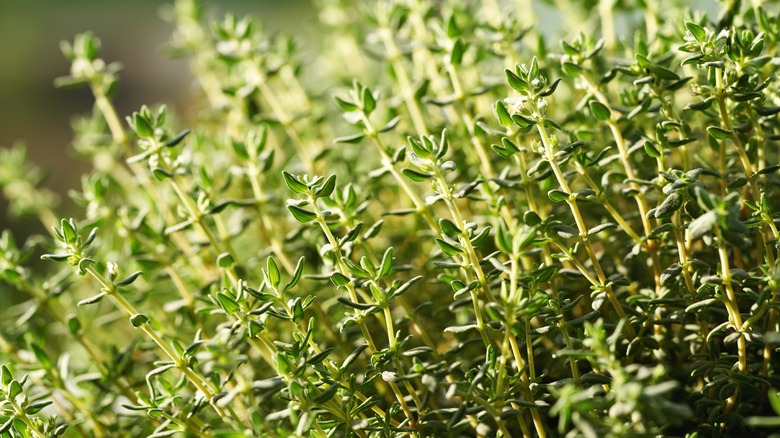
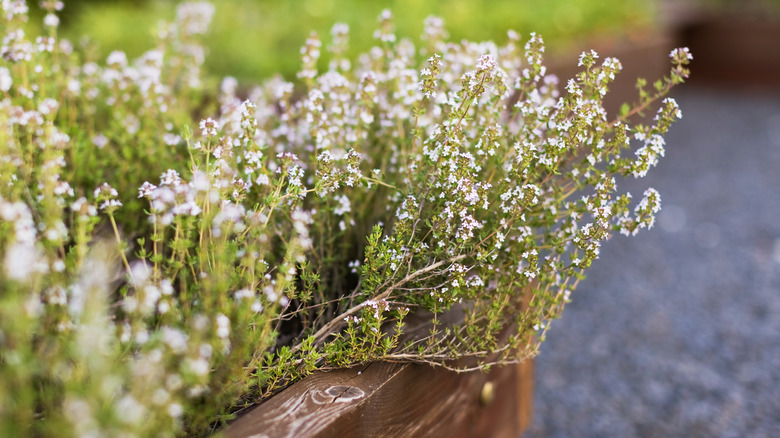
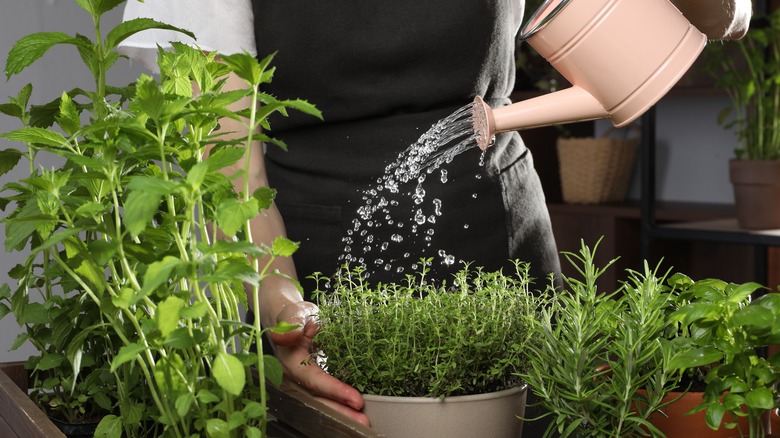
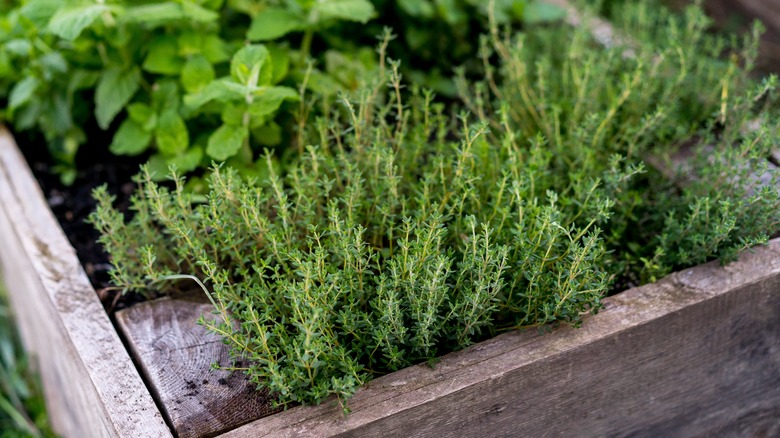
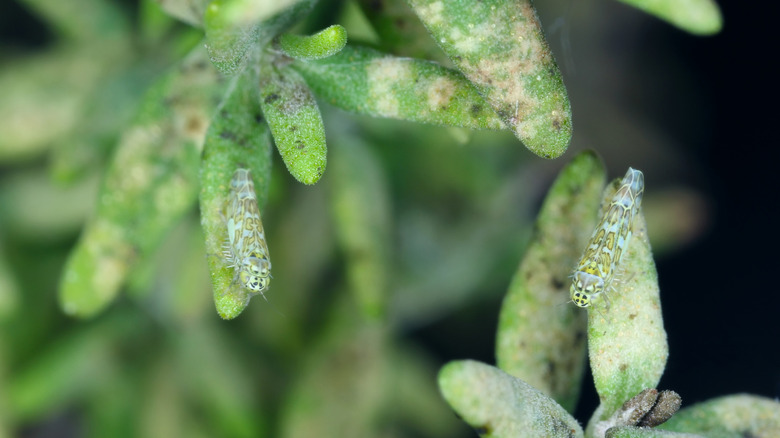
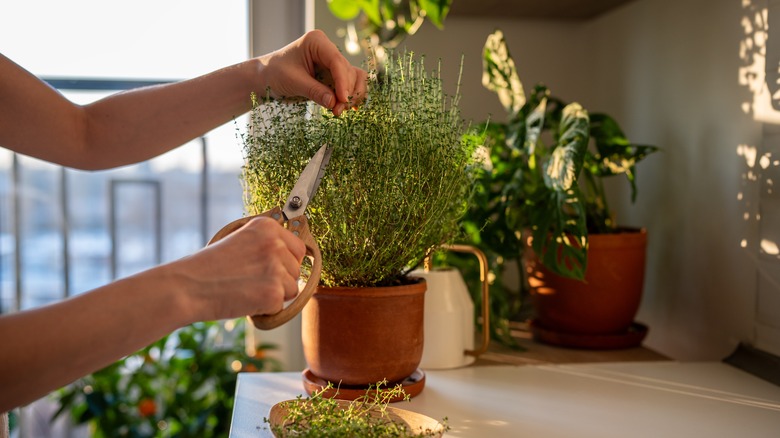
:max_bytes(150000):strip_icc()/plants-that-repel-mosquitoes-4583885-hero-c3fbed5e21fd487ca4d9965ea0301980.jpg?w=768&resize=768,0&ssl=1)
:max_bytes(150000):strip_icc()/spruce-thyme-RenaLolivier-3241bfeed8264e19a60f3e80c64db4e2.jpg?w=768&resize=768,0&ssl=1)

:max_bytes(150000):strip_icc()/GettyImages-1469902775-f879f55a12ad4fc19db3e90790ac236d.jpg?w=768&resize=768,0&ssl=1)